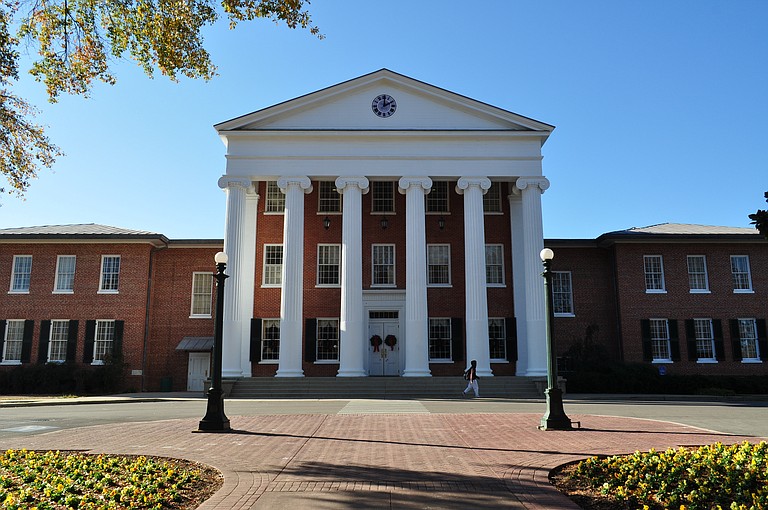
The Lyceum is the University of Mississippi’s main administrative building. Constructed in 1848, the building housed a Confederate hospital during the Civil War and served as headquarters for federal troops when a riot erupted in 1962 over the enrollment of the first black student, James Meredith.
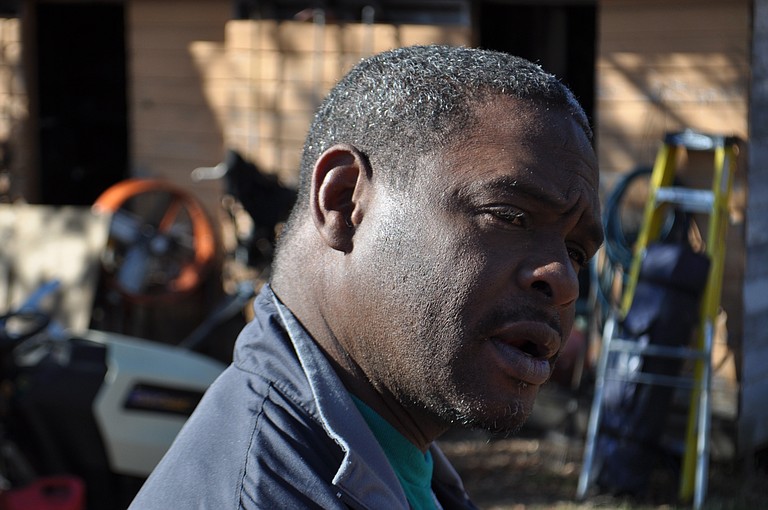
Arnold Pegues, who grew up in Oxford, was in 3rd grade when the town integrated its schools in 1970 days. Though shopkeepers refused to let blacks stand under their awnings during rainstorms in those, Pegues believes race relations were no better or worse in Oxford than any other Southern town. “That was the status quo,” he said.
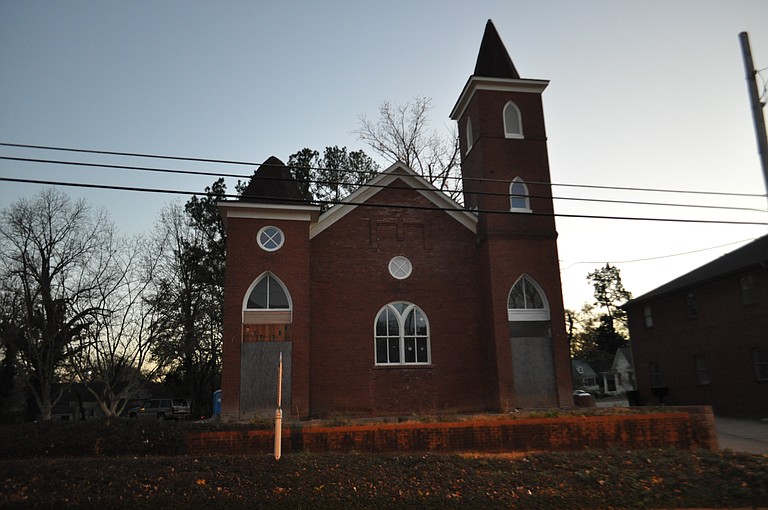
After the Civil War, former slaves settled an area of Oxford known as Freedman Town and built Burns Methodist Episcopal Church. Once the office of author and Ole Miss grad John Grisham, the church is undergoing a nearly $1 million renovation to make it a community center and museum.
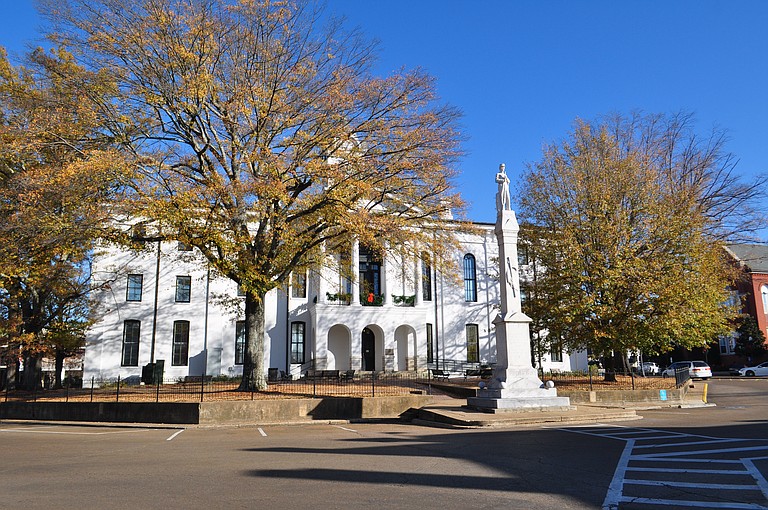
Oxford’s historic square is the center of the town’s literary, social and cultural life. Upon entering the square from Lamar Street, visitors encounter the Lafayette County Courthouse and Confederate Veterans Memorial.
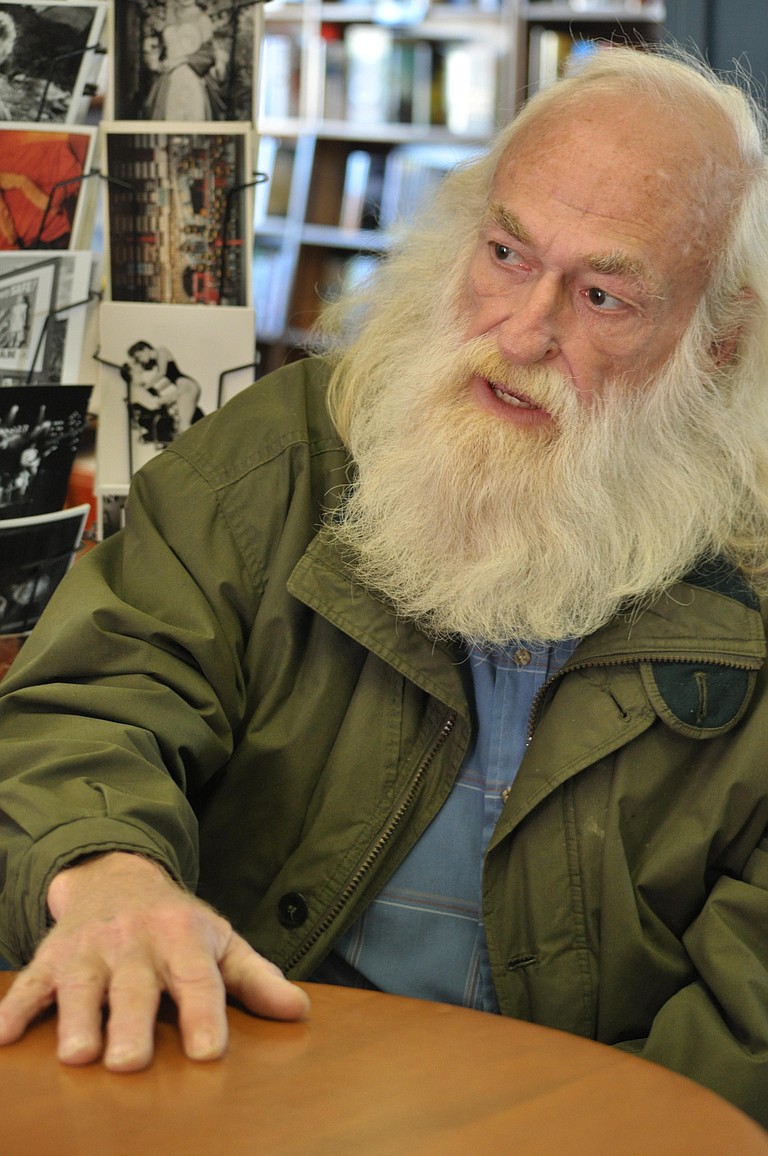
Jack Mayfield, an Oxford historian, said the city fathers wanted to attract a great university when they founded Oxford in 1837. Recently, the town agreed to build a new $30 million high school. “Oxford has always voted for anything having to do with education,” he said.
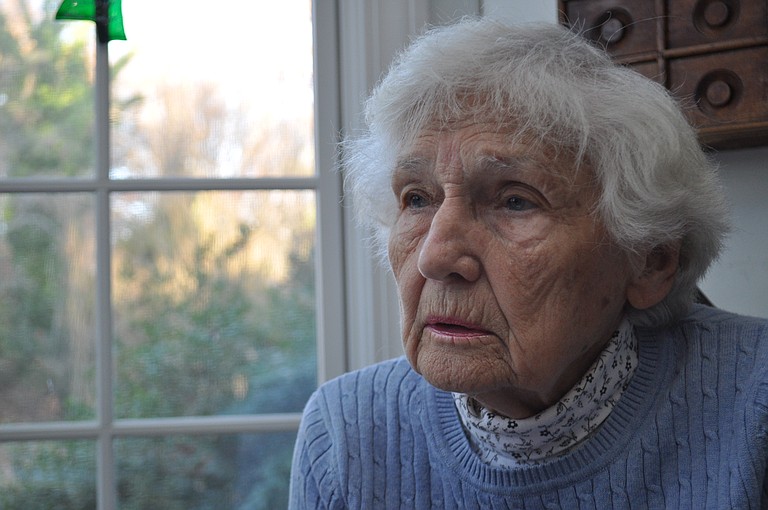
Maralyn Bullion, the first woman elected Ole Miss student body president in 1943, grew up in Oxford. She is involved with the restoration of Burns Belfry, a historic African American church in the Freedman Town area of Oxford, which will be complete in 2013.
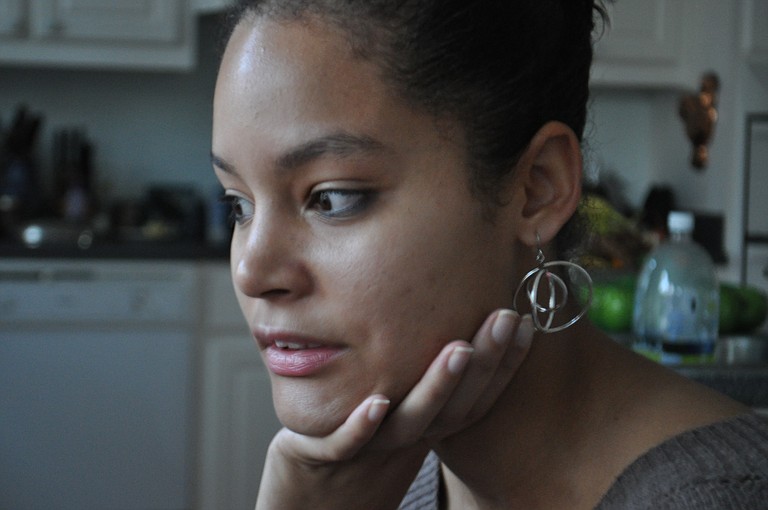
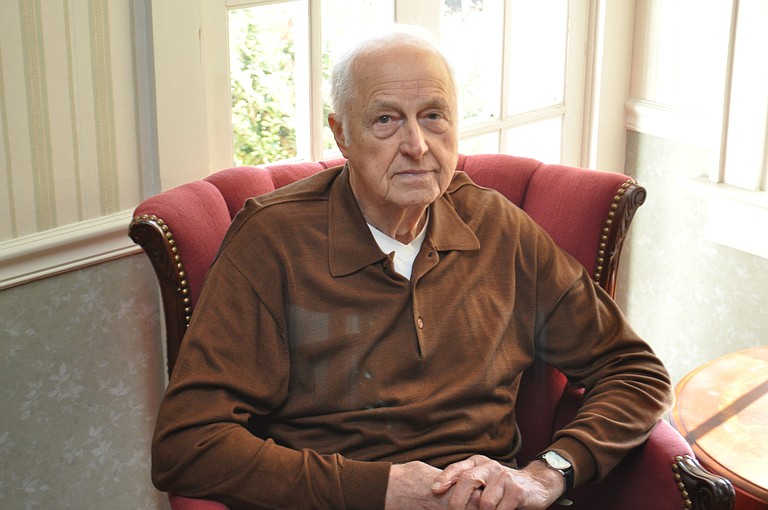
Comments
Use the comment form below to begin a discussion about this content.
Sign in to comment
Or login with:
OpenID